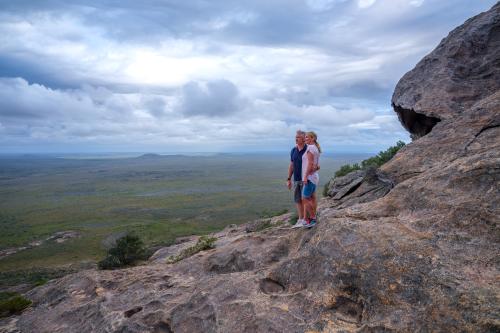About this place
A large cave near the summit is thought to have formed by wave action and underwater currents during a period some 40 million years ago when sea levels were at least 300m above their current level and the peaks of Cape Le Grand were largely submerged.
The Aboriginal name for the peak is Mandooboornup and it is an important place in local Aboriginal culture.
Safety information
Plan when to visit. Consider travelling with a personal location beacon (PLB). In the event you need to be rescued it could save your life!
The Department of Biodiversity, Conservation and Attractions undertakes 1080 baiting at this location to reduce the impacts of feral cats and foxes on native wildlife.
Meat baits containing 1080 poison are laid in or around this area on an ongoing basis. 1080 is poisonous to humans and will kill domestic cats and dogs. Pets are not permitted in this park.
For further information contact your local Parks and Wildlife Service office or visit Western Shield.
Gallery

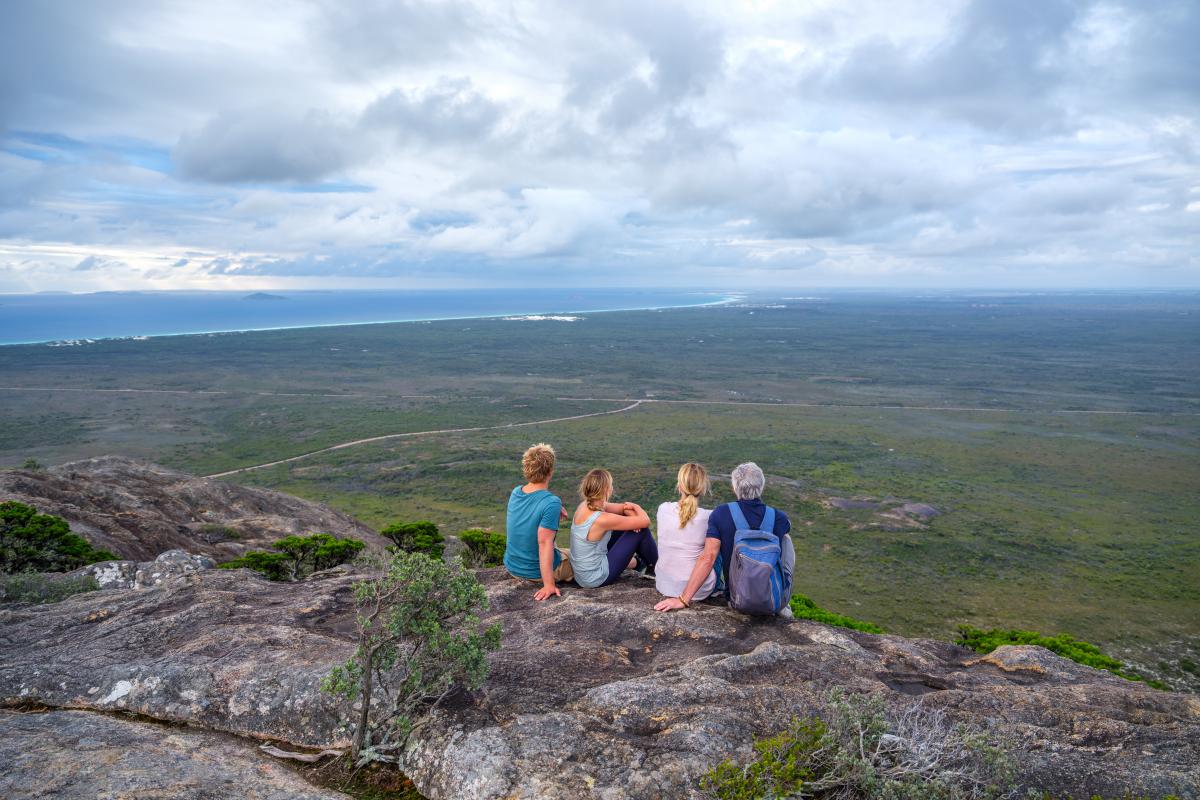
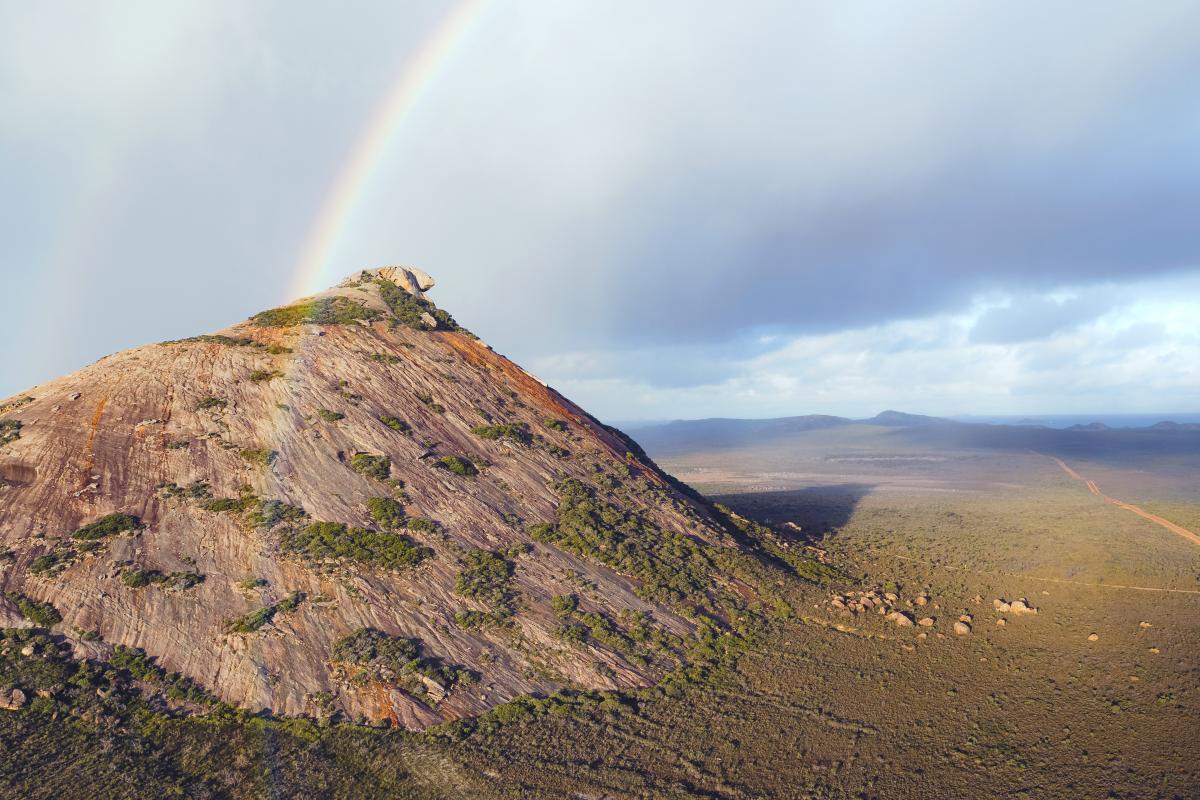

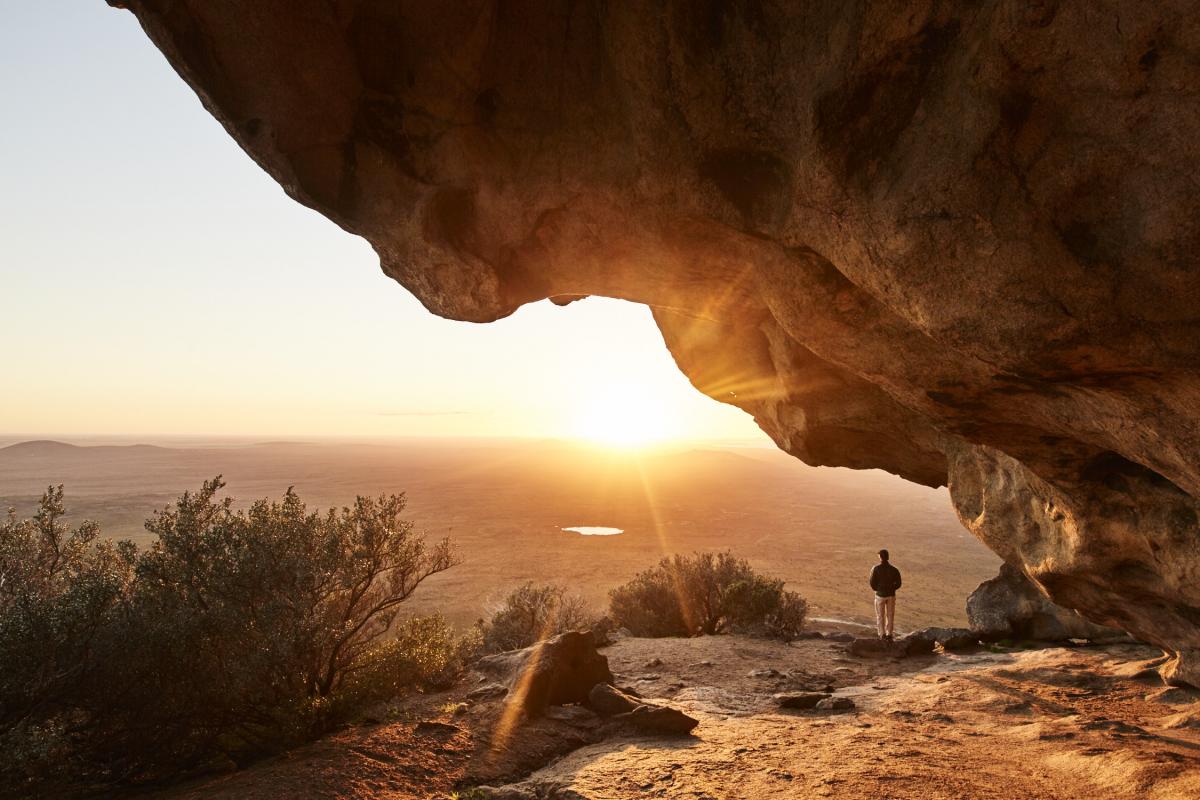
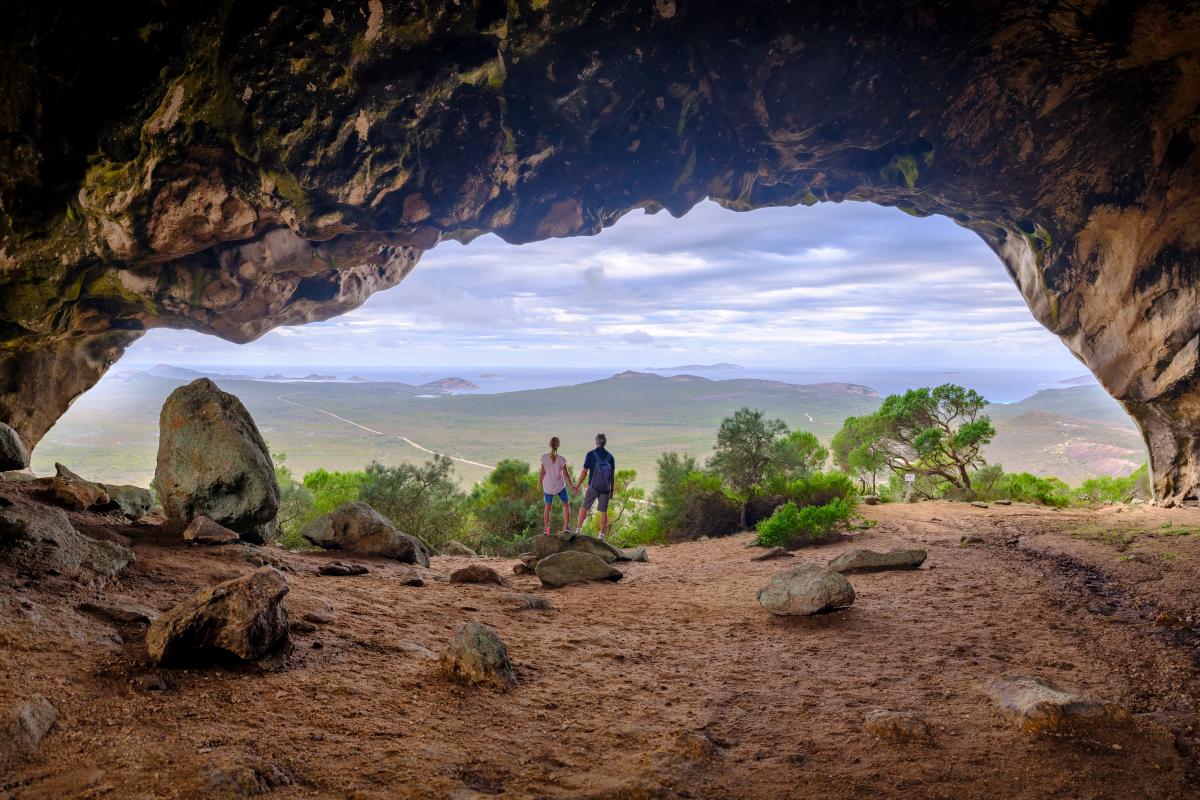
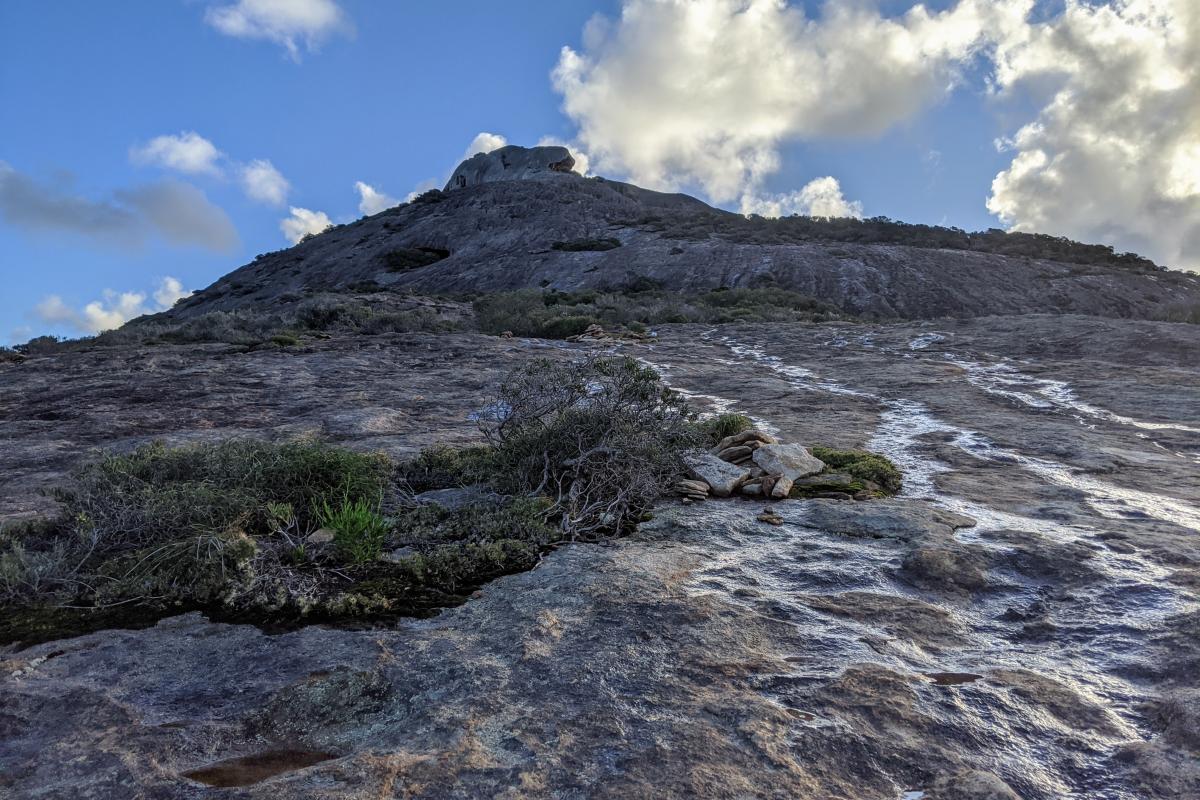
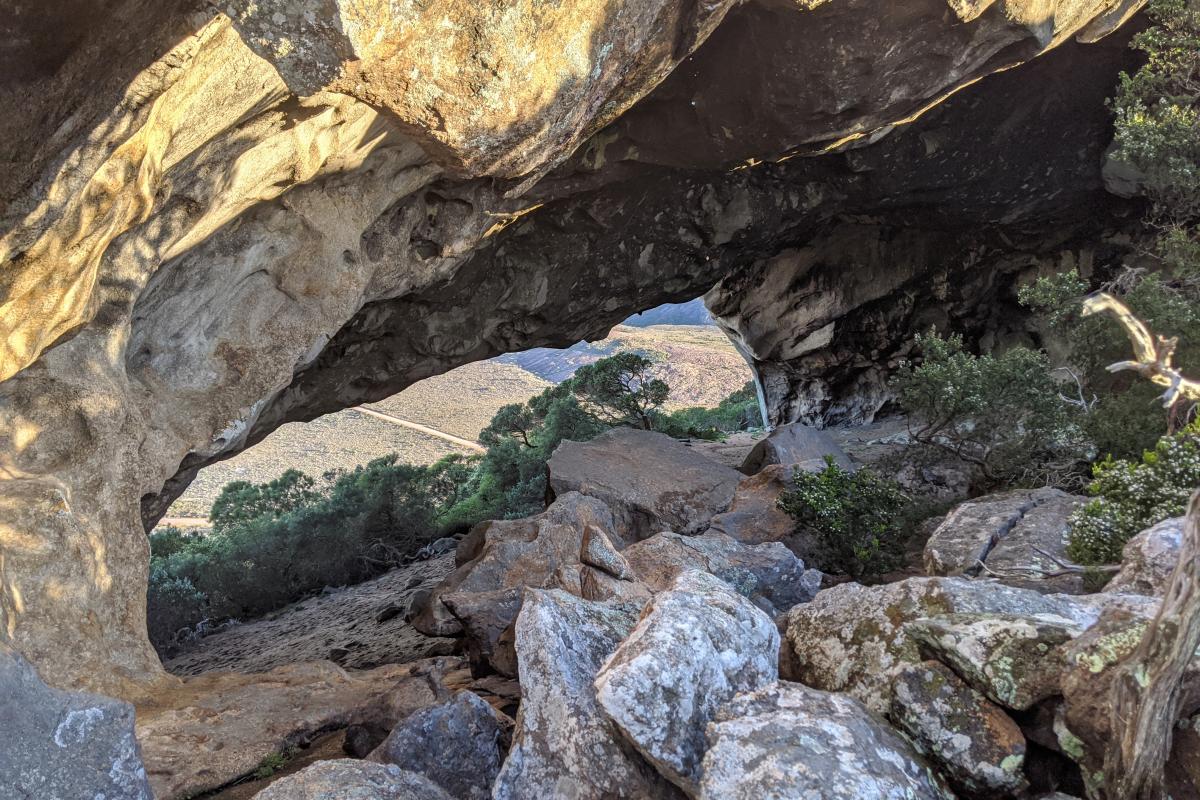
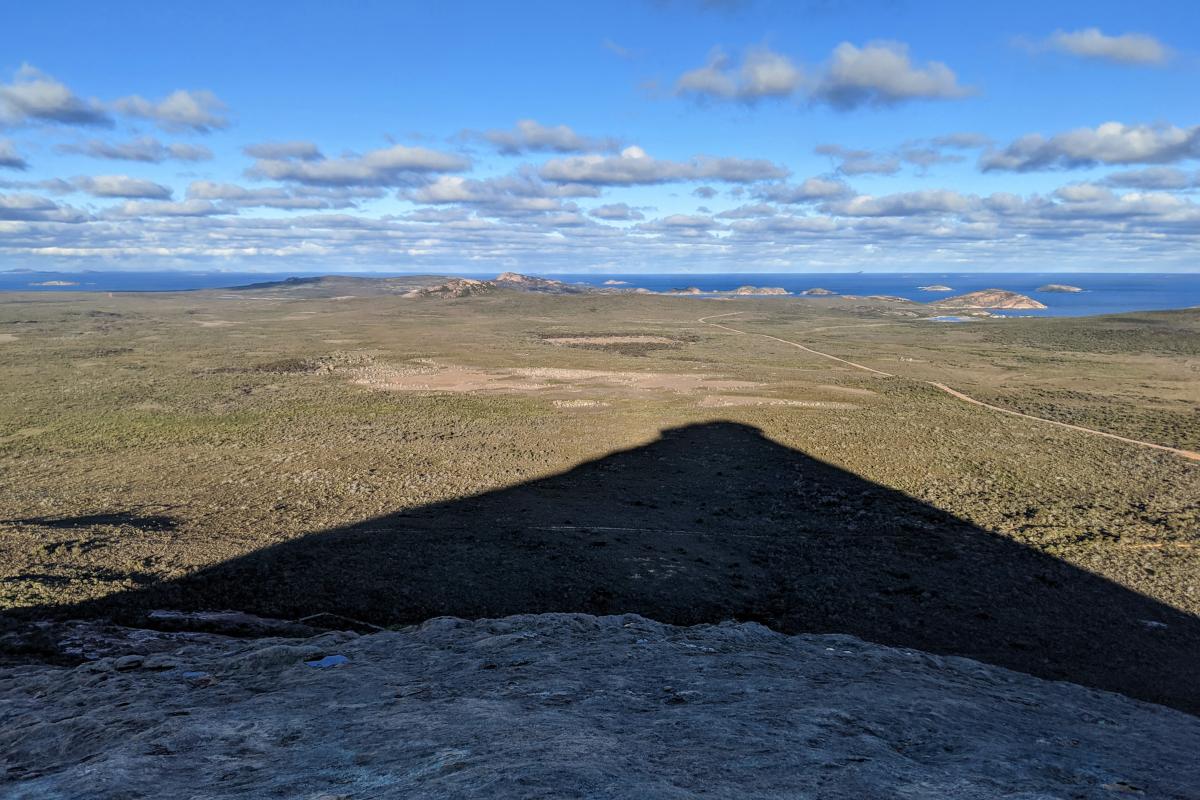
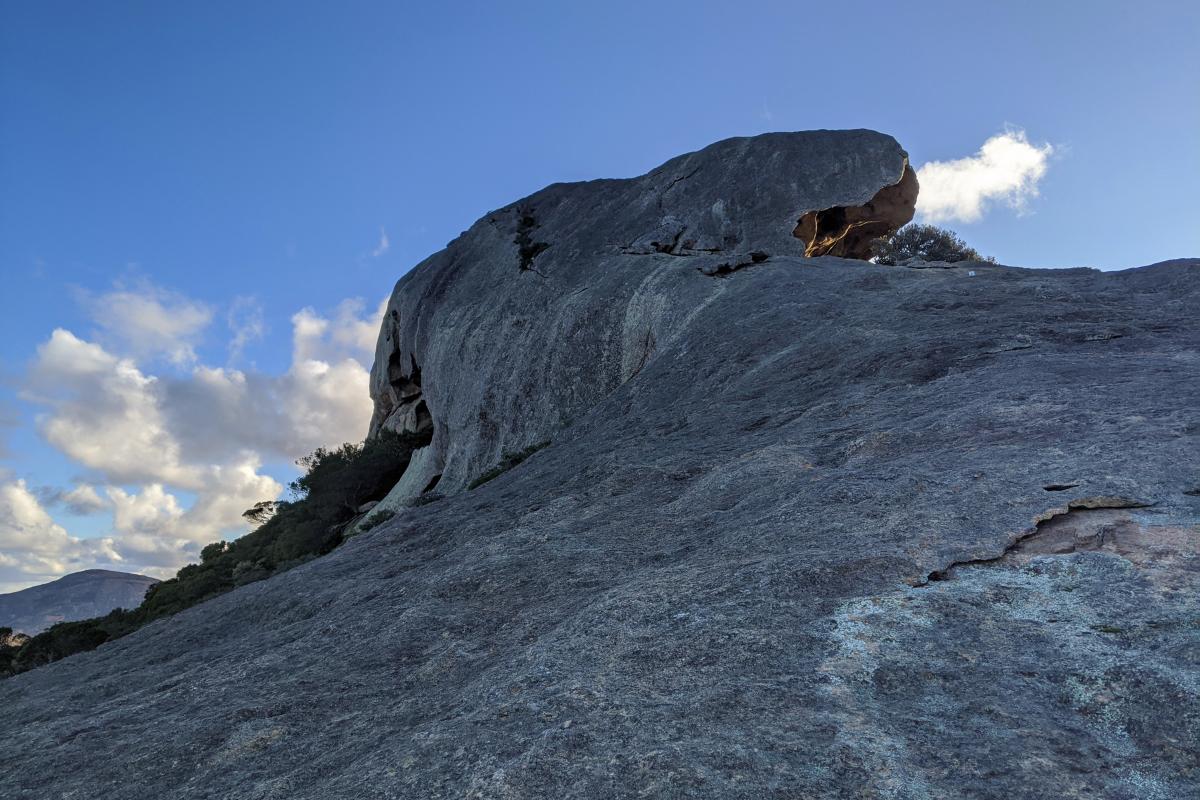
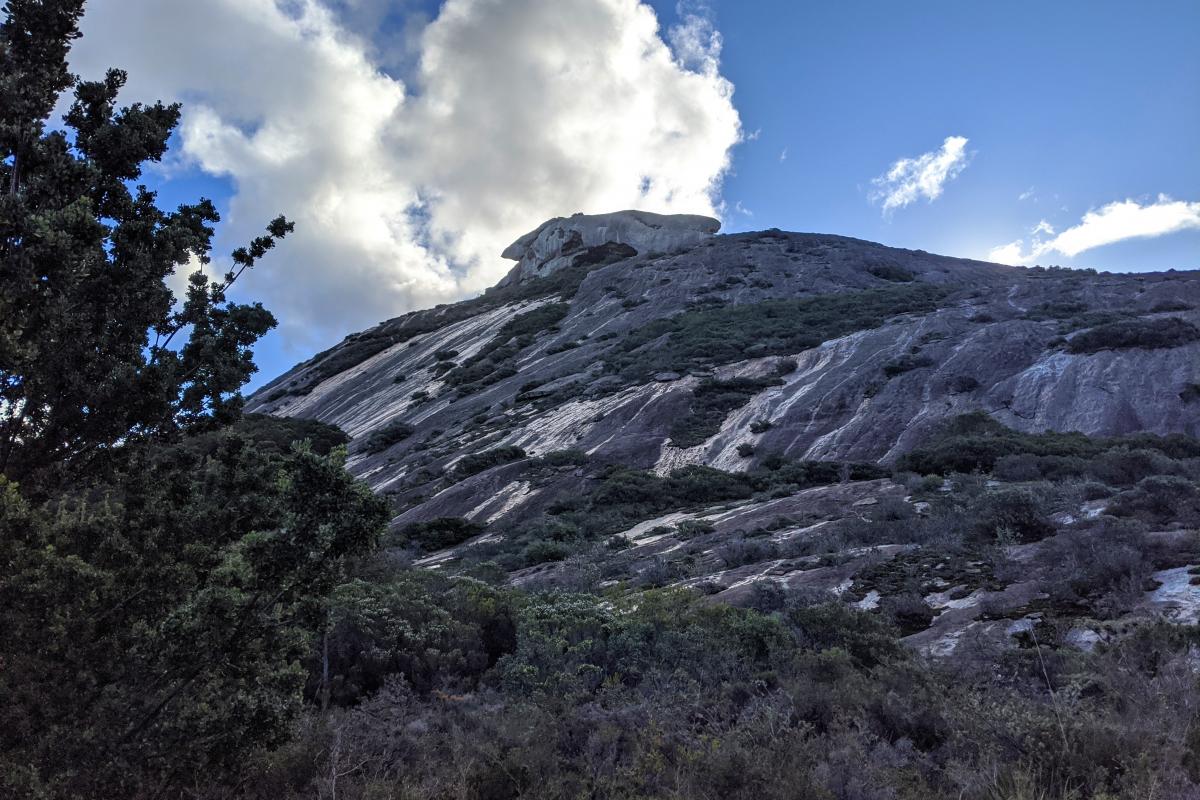
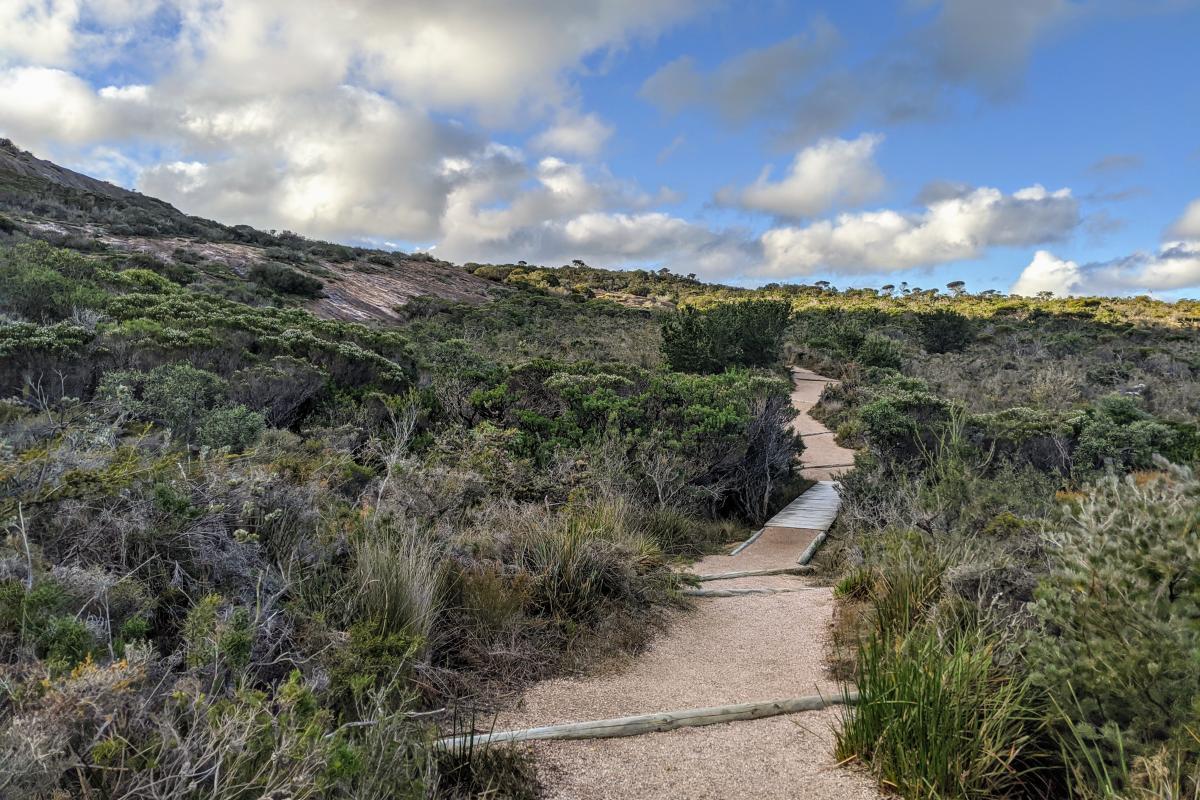
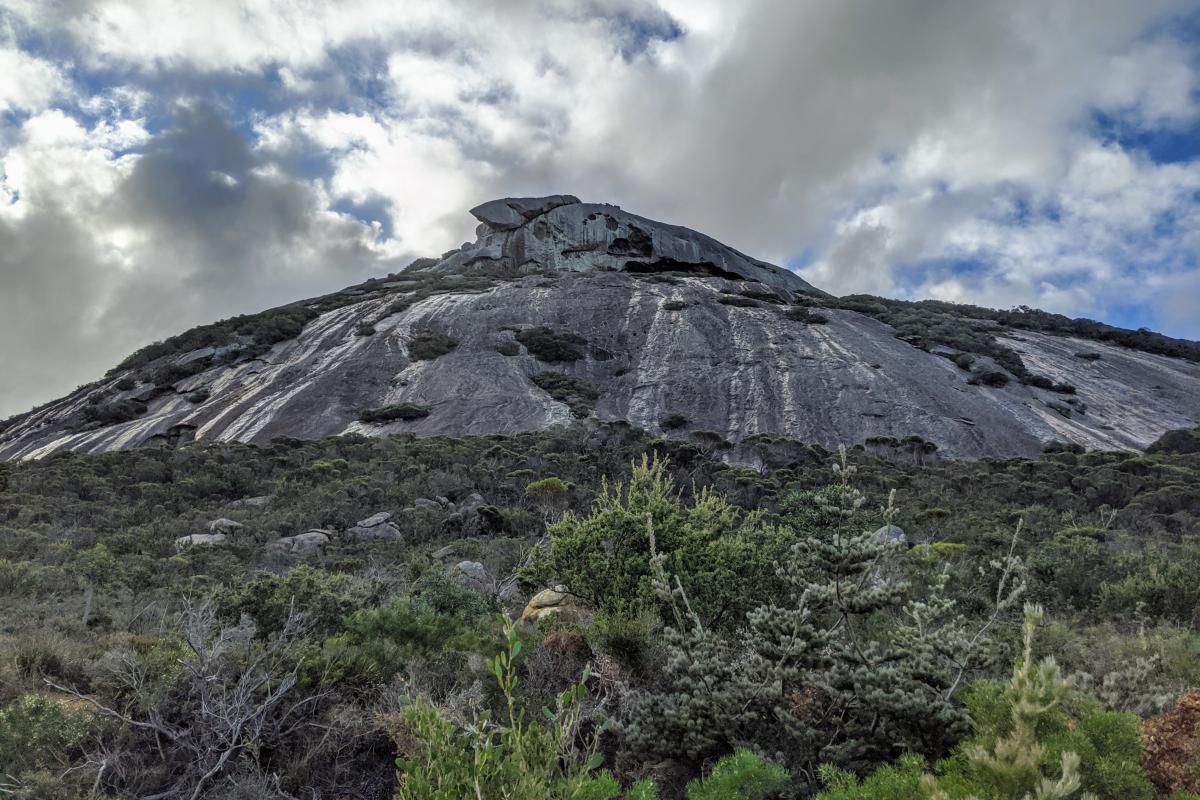
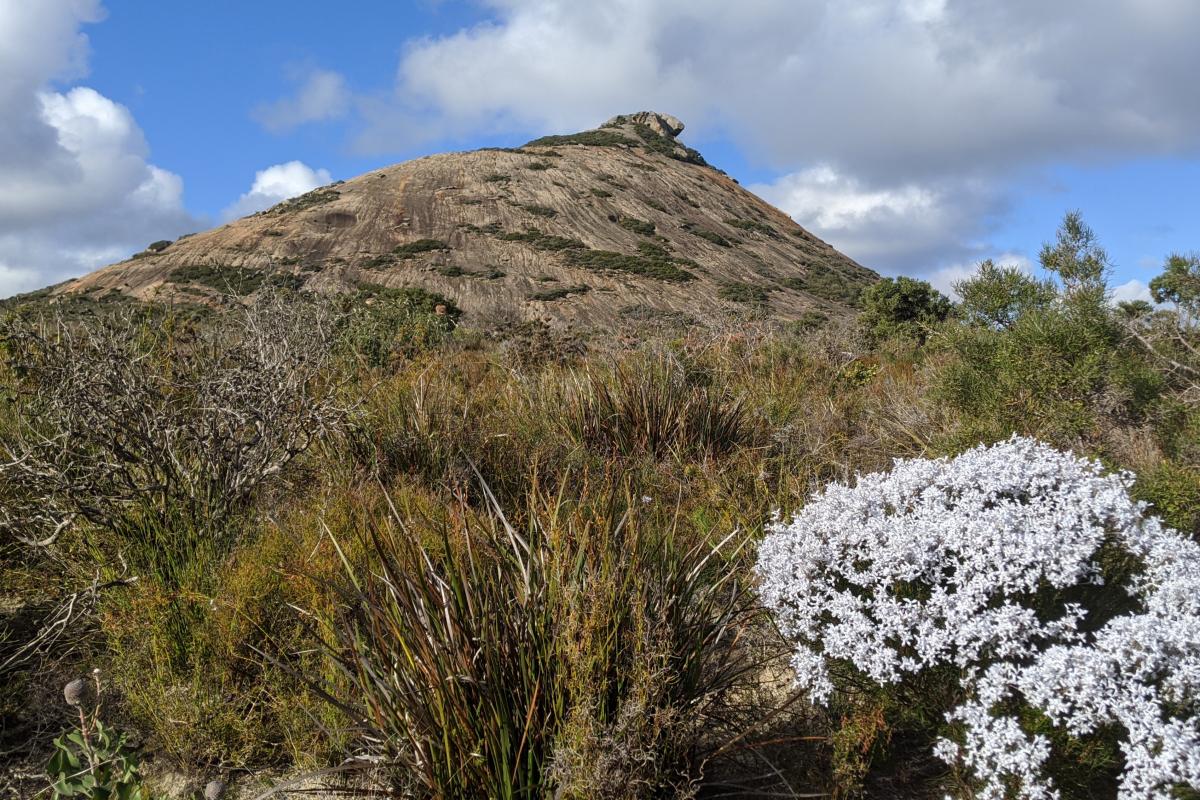
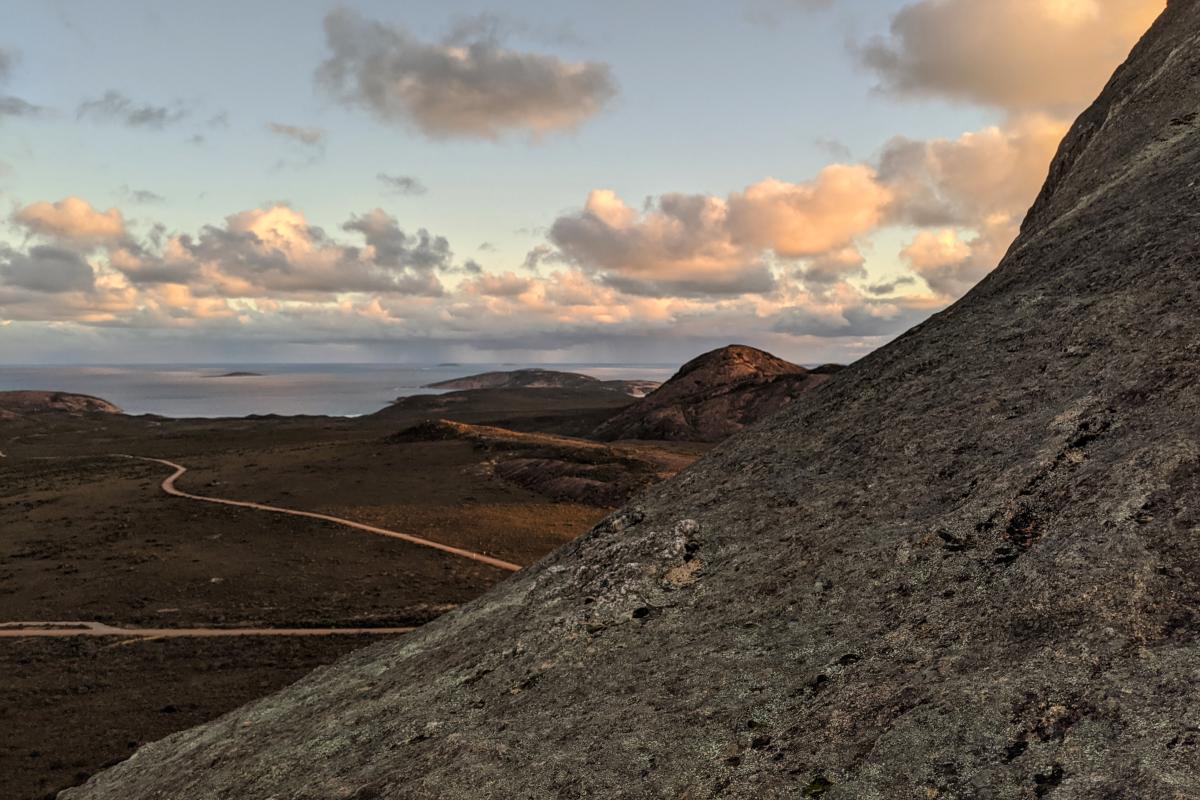
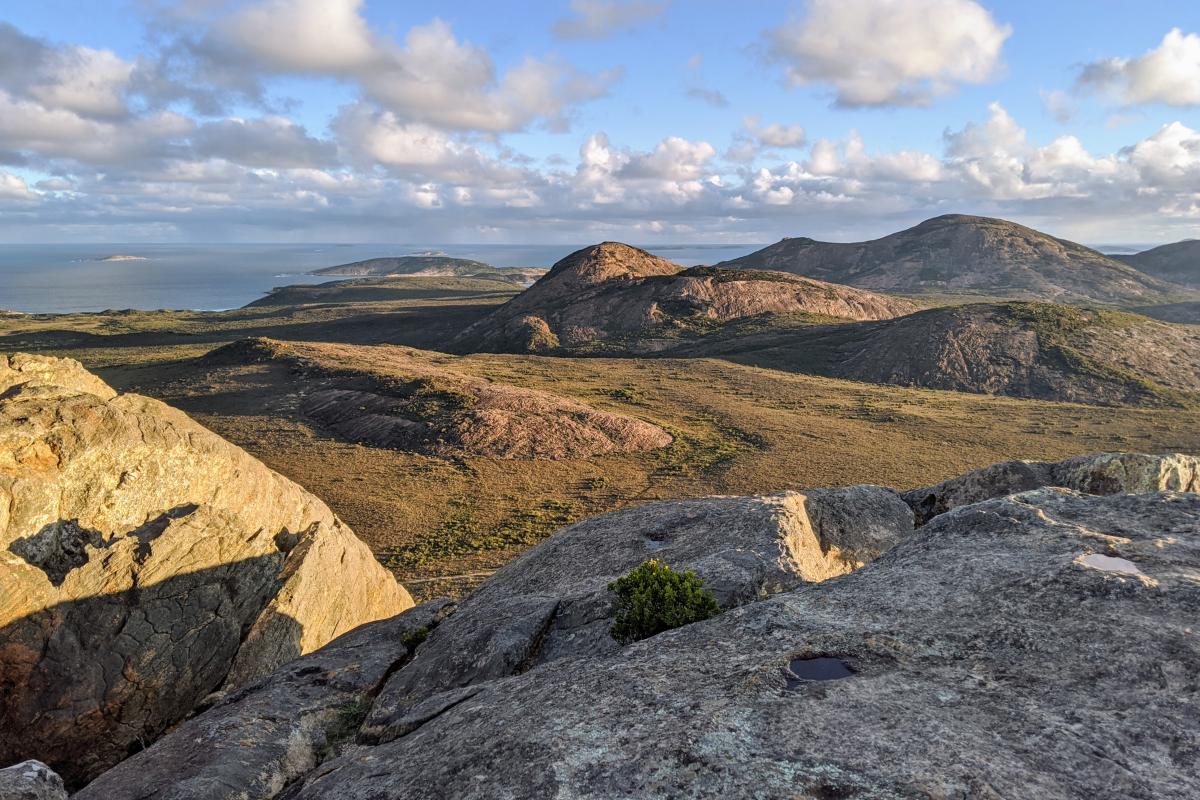
Make the Esperance Promise
While travelling in and around Esperance, make a promise to embrace the elements of this land and ensure your visit is sustainable and respectful. Make the Esperance Promise.
Please note, campfires are not permitted at any of the campgrounds in national parks.
Activities
 Bushwalking
Bushwalking
 Picnicking
Picnicking
Plants, wildlife and fungi
Visit the Atlas of Living Australia for a list of species recorded within a 5km radius of Frenchman Peak.
Traditional Owners
We recognise and acknowledge Wudjari people as the Traditional Owners of Cape Le Grand National Park.
